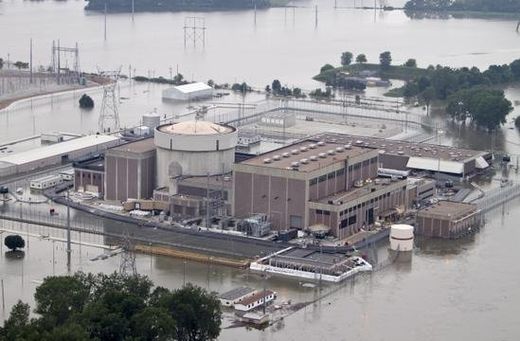
The Fort Calhoun Nuclear Station shut down in early April for refueling, and there is no water inside the plant, the U.S. Nuclear Regulatory Commission said. Also, the river is not expected to rise higher than the level the plant was designed to handle. NRC spokesman Victor Dricks said the plant remains safe.
The federal commission had inspectors at the plant 20 miles north of Omaha when the 2,000-foot berm collapsed about 1:30 a.m. Sunday. Water surrounded the auxiliary and containment buildings at the plant, it said in a statement.
The Omaha Public Power District has said the complex will not be reactivated until the flooding subsides. Its spokesman, Jeff Hanson, said the berm wasn't critical to protecting the plant but a crew will look at whether it can be patched.
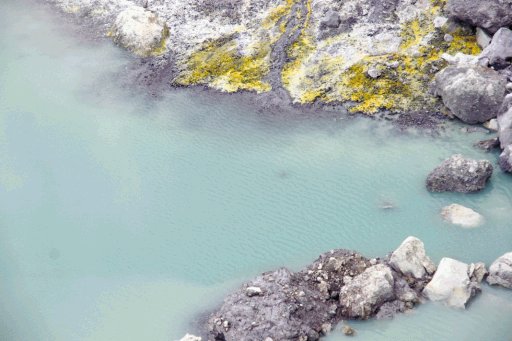
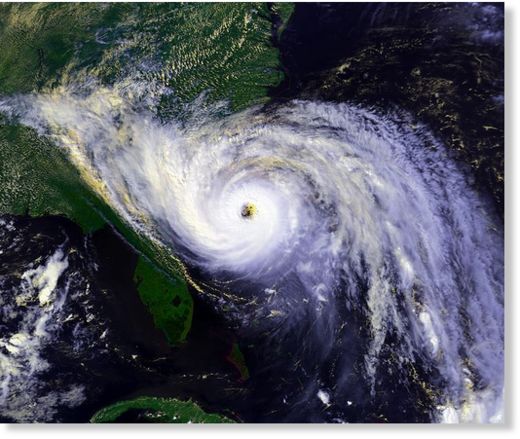

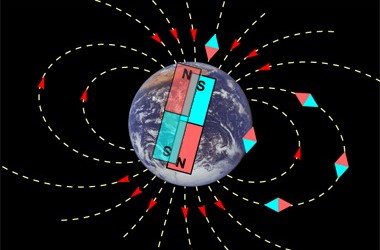
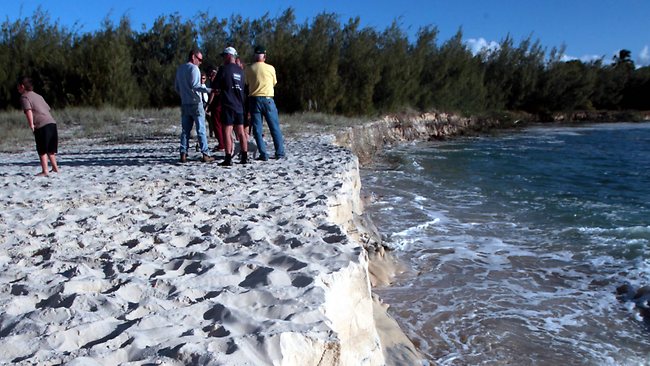
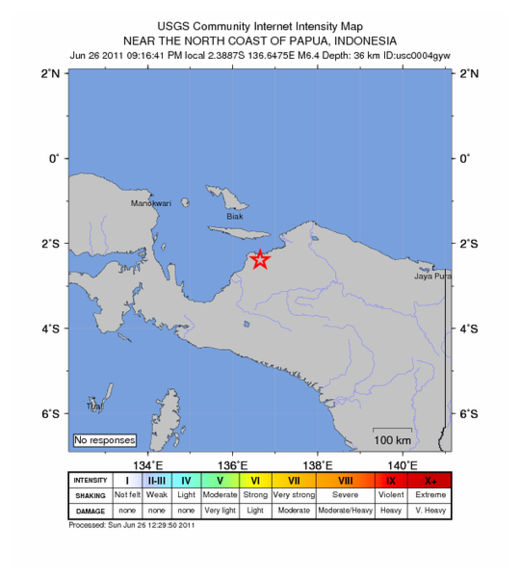
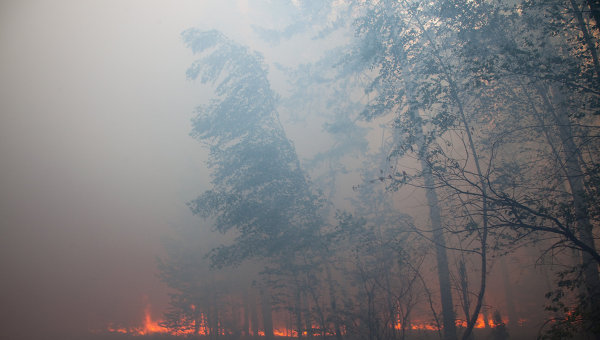



Comment: As was mentioned in the opening comment, here are several snippets from McCanney's work, and as presented in Harrison's Koehli's article Planet-X, Comets and Earth Changes by J.M. McCanney that compare and contrast McCanney's concept of the Earth's magnetic field to the one described in this article.
If you study his work, you will come to the understanding that the 5 layers of the Earth's atmosphere are also layers of alternating electrical charge. McCanney also discusses how these electric flows around and on the earth interact with the sun to create our weather/climate. Also, consider the following from Superluminal Communications dated 31 October 2001: For additional education, read the following articles by Ryan X:
Cyclones, Earthquakes, Volcanoes And Other Electrical Phenomena
Pole Shift? Look to the Skies!
Planetary Alignments and the Solar Capacitor - Things are heatin' up!